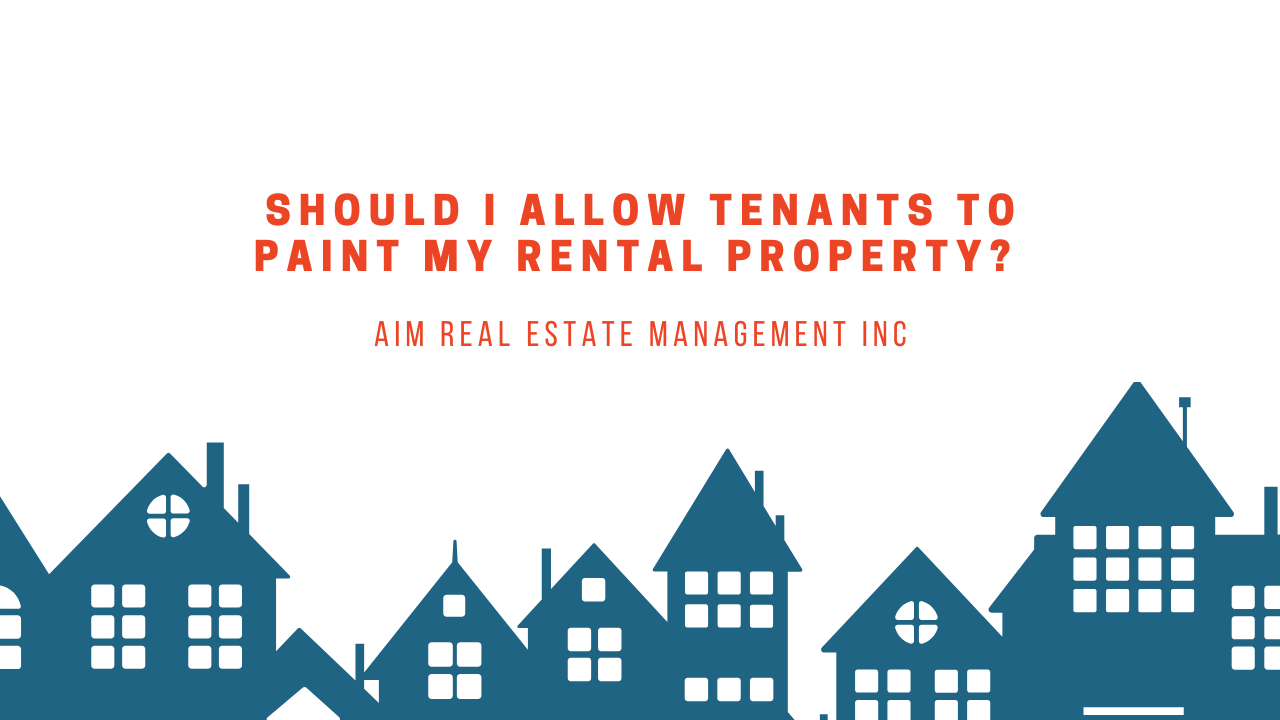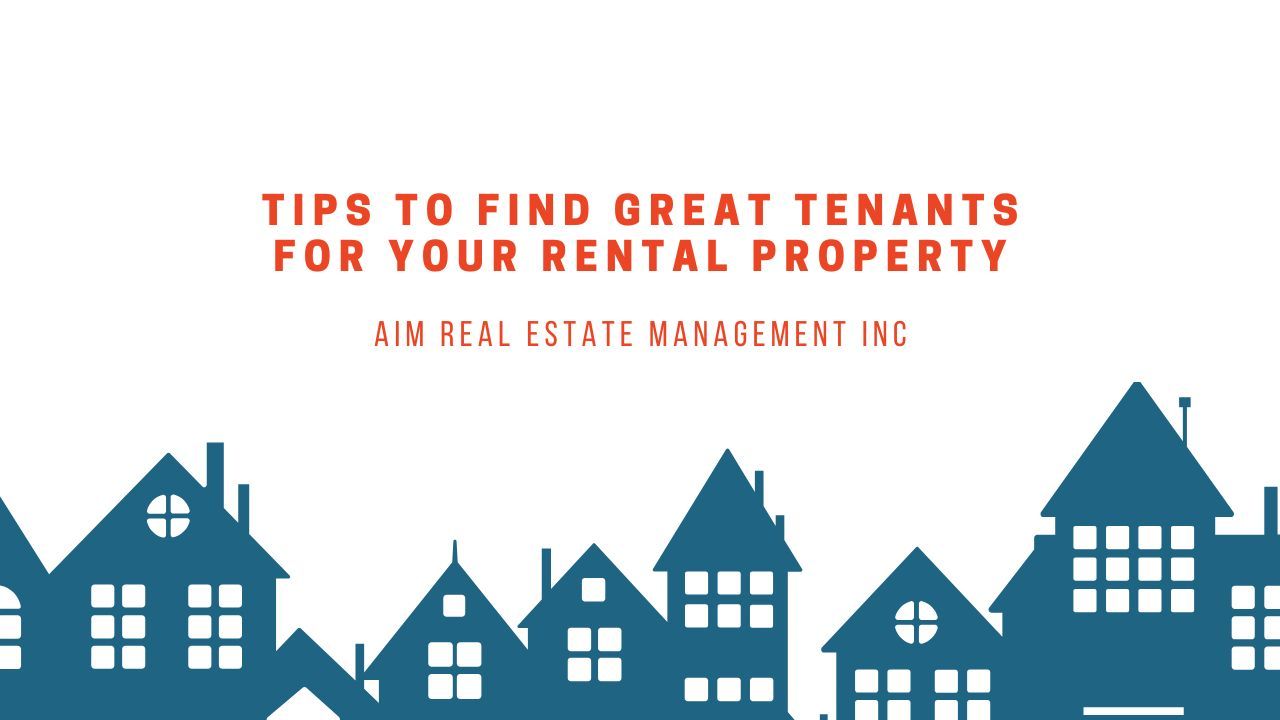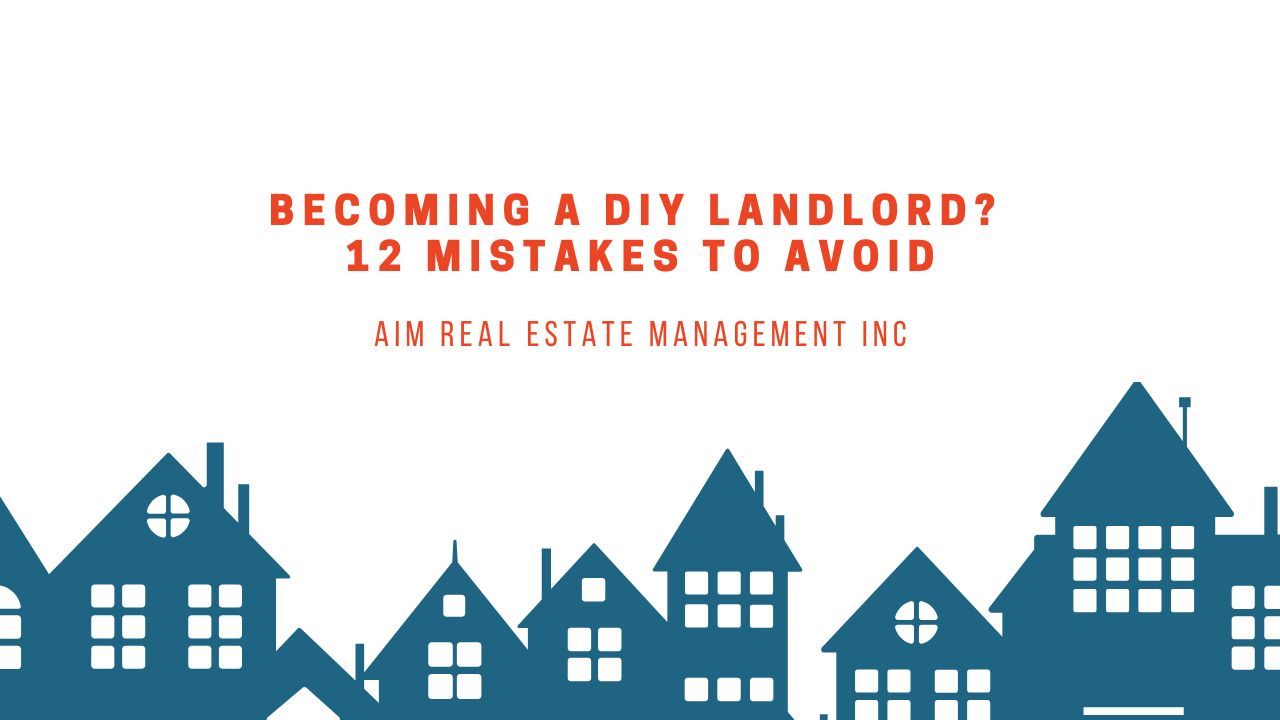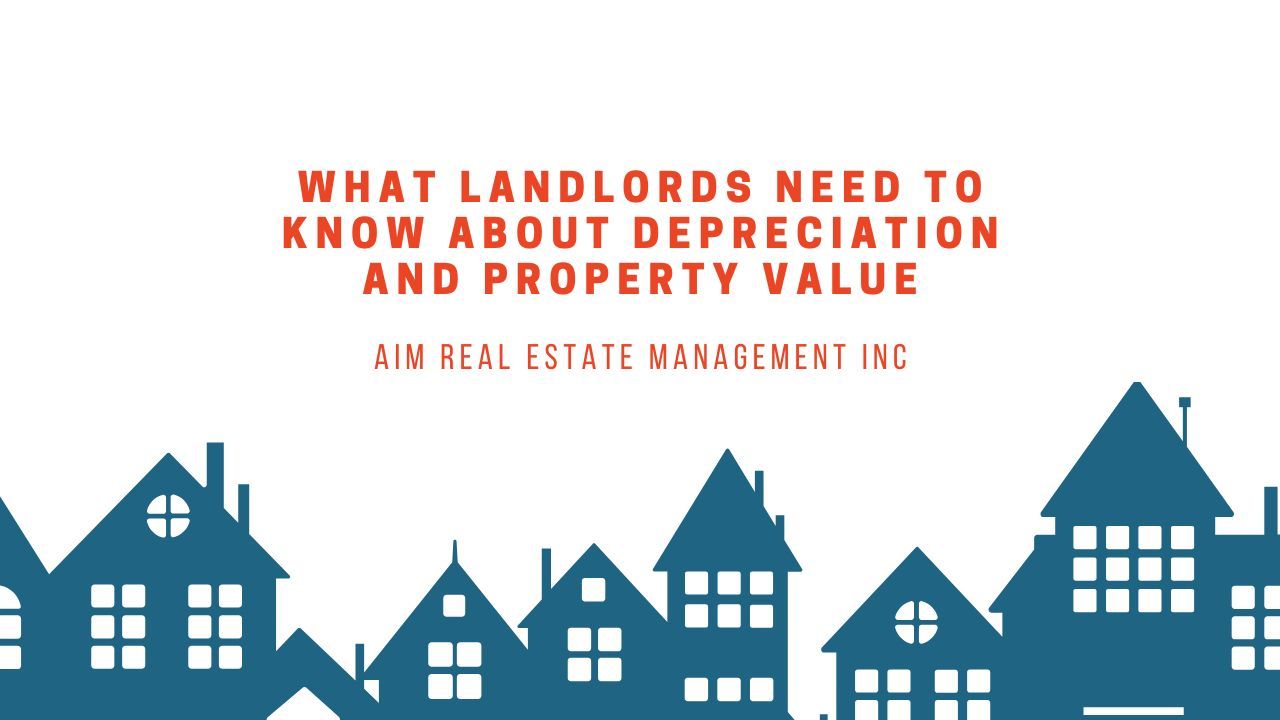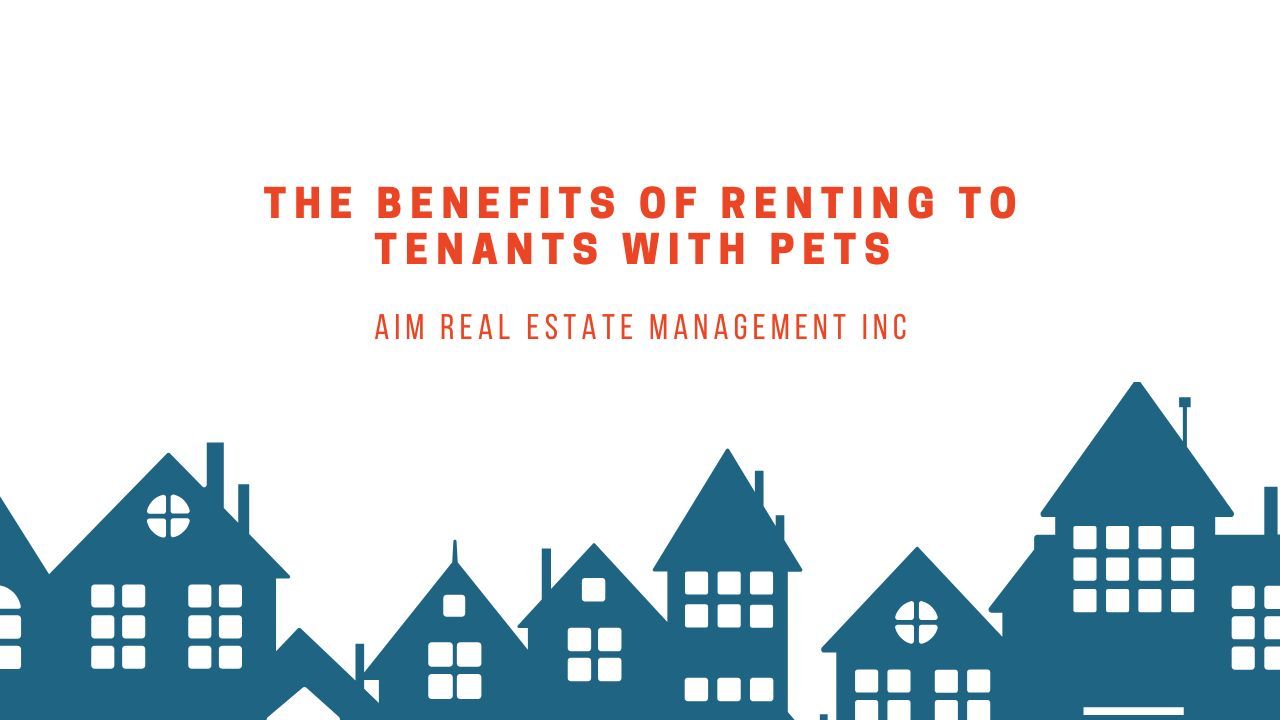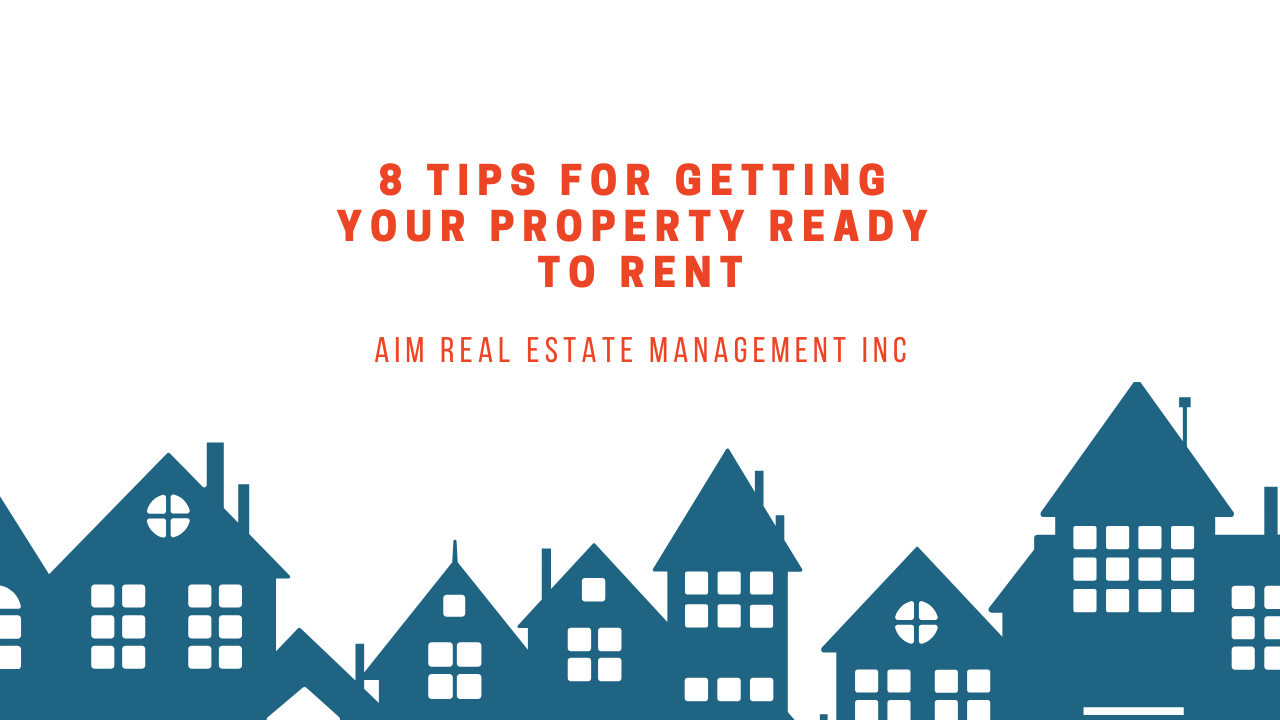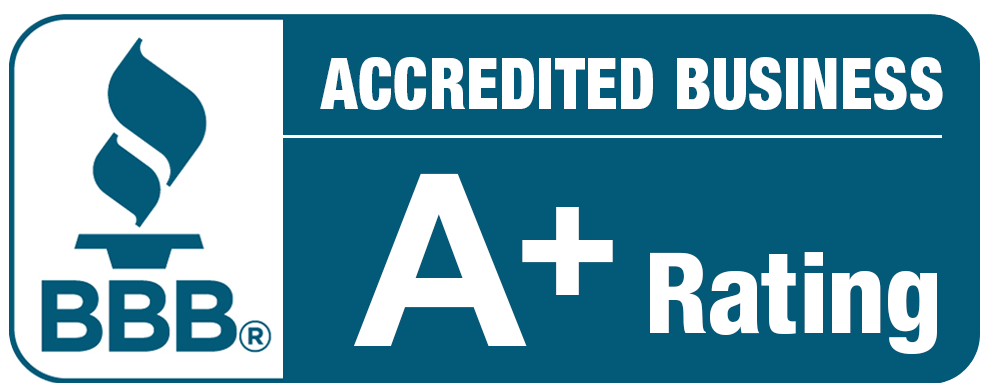Guide to Making a Solid Lease Agreement For Your Rental Property
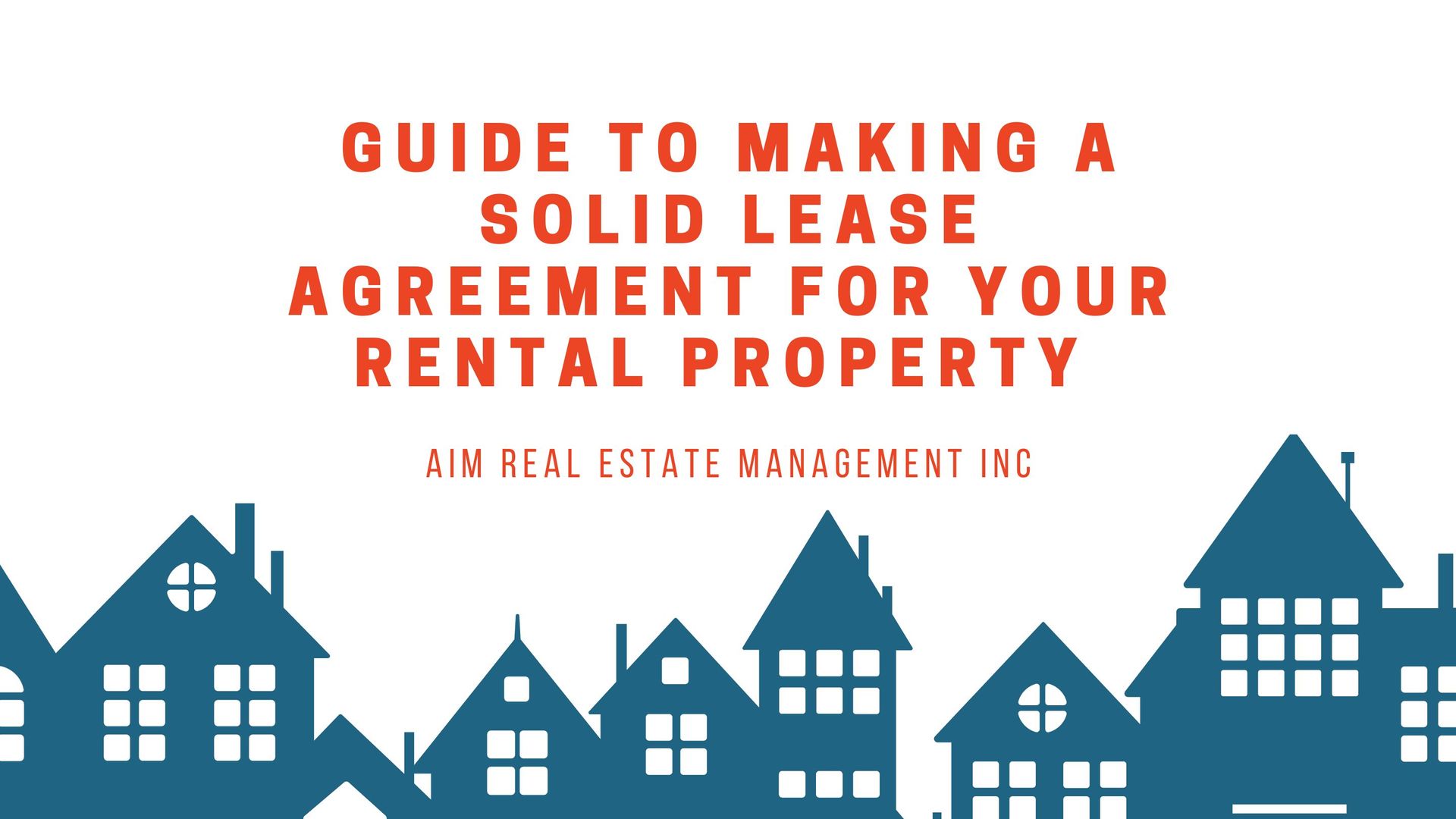
Creating a solid lease agreement is a crucial step in managing rental properties effectively. This guide is designed to help landlords understand the essential elements of a lease agreement and ensure it protects both their interests and those of their tenants.
A well-structured lease can prevent misunderstandings, legal issues, and conflicts, leading to a smoother rental experience for all parties involved.
The Importance of a Well-Structured Lease Agreement
Protecting Landlord and Tenant Rights
A comprehensive lease agreement clearly outlines the rights and responsibilities of both landlords and tenants. This clarity helps prevent disputes and ensures that both parties are aware of their obligations.
For landlords, it protects their property and investment by setting expectations for tenant behavior, property use, and maintenance. For tenants, it provides a clear understanding of what is expected of them and what they can expect from the landlord.
Ensuring Legal Compliance
A lease agreement must comply with federal, state, and local laws. These laws are designed to protect both landlords and tenants and to ensure fair housing practices. By adhering to legal requirements, landlords can avoid costly legal disputes and potential fines.
Understanding Legal Requirements
Federal, State, and Local Laws
Landlords must be aware of and comply with various laws that govern rental properties. Federal laws, such as the
Fair Housing Act, prohibit discrimination based on race, color, religion, sex, national origin, familial status, or disability.

State and local laws may have additional requirements regarding rent control, security deposits, eviction procedures, and property maintenance standards. It is essential to research and understand the specific laws applicable to your rental property’s location.
Fair Housing Act Considerations
The
Fair Housing Act is a federal law that ensures equal housing opportunities for all individuals. Landlords must not discriminate against prospective tenants based on protected characteristics.
Including a statement in the lease agreement that confirms compliance with the Fair Housing Act can help demonstrate your commitment to fair housing practices.
Important Contents of a Lease Agreement
Basic Information
The lease agreement should include a detailed description of the rental property, including its address, unit number (if applicable), and any specific features or amenities.
Clearly identify the landlord and tenant(s) involved in the lease agreement. The full legal names and contact details of all parties must be included in the rental contract.
Specify the lease's duration, including start and end dates. Additionally, outline any options for renewing the lease, including the notice period required for renewal and any changes to the terms.
Rent and Payment Terms
State the
amount of rent the tenant is required to pay and the frequency of payments (e.g., monthly).
Specify the due date for rent payments and outline any late fees or penalties for missed or late payments. Include information on any grace periods.

Detail the amount of the security deposit, the conditions for its return, and any deductions that may be made for damages or unpaid rent. Maintain compliance with local and state security deposit regulations.
Responsibilities and Maintenance
Outline the tenant’s responsibilities for
maintaining the property, such as keeping it clean,
reporting repairs promptly, and following community rules.
Specify the landlord’s responsibilities, including maintaining the property’s habitability, addressing repair requests in a timely manner, and ensuring safety standards are met.
Additionally, landlords must respect a tenant’s right to quiet enjoyment of their rental space and outline the scope of the landlord’s access to the property. It is important to clearly define the conditions under which a landlord may enter the property.
In the absence of state-specific guidelines, entry must be preceded by a reasonable notice period. This ensures that tenants understand their privacy rights while allowing landlords to fulfill their obligations to inspect the property or conduct necessary repairs.
Include a clear protocol for requesting and handling maintenance and repairs. Provide contact information for reporting issues and detail the expected response time.
Rules and Regulations
Define any restrictions on the use of the property, such as prohibiting illegal activities, subletting, or operating a business from the rental unit.

In addition to defining restrictions on illegal activities and subletting, landlords must disclose certain environmental and safety-related information to tenants:
Bed Bugs: Landlords are required to provide information on bed bugs, including management and prevention tips.
Flood Zone: Tenants must be informed if a property is located in a flood-prone area.
Radon: The presence of radon gas, a health and safety concern, must be disclosed to tenants.
Lead-based Paint: Properties constructed before 1978 must disclose the presence of lead-based paint, as required by federal law.
Set limits on the number of occupants allowed in the
Hilton Head rental unit to prevent overcrowding and ensure compliance with local housing codes.
If pets are allowed, specify any restrictions, such as breed or size, and outline any additional fees or deposits required for pet ownership.
Lease Termination and Renewal
The notice period required for either party to terminate the lease should be clearly detailed in the lease agreement. This typically ranges from 30 to 60 days but may vary by location.
Outline the conditions under which the lease can be terminated early, such as breach of contract, non-payment of rent, or illegal activities.
Include information on how the lease can be renewed, any changes to terms or rent amount, and the notice period required for renewal.

Signatures and Acknowledgements
Include a section for the landlord’s signature and the date, acknowledging their agreement to the terms outlined in the lease.
Include a section for the tenant’s signature and the date, acknowledging their agreement to the terms outlined in the lease.
In some jurisdictions, leases must be witnessed or notarized. Include space for witness signatures if required by local laws.
Review and Finalization
Before finalizing the lease agreement, it is crucial to review it thoroughly to ensure all necessary terms are included and accurately reflect the agreed-upon conditions, helping to prevent misunderstandings and potential disputes.
Consulting with a legal professional who specializes in landlord-tenant law, or partnering with a property management company, can ensure compliance with all applicable laws and protect your interests by identifying any potential issues or omissions.
Additionally, ensure that both the landlord and tenant(s) receive a copy of the signed lease agreement and maintain a copy for your records to resolve any disputes that may arise during the tenancy.
Bottom Line
Creating a solid lease agreement is essential for managing rental properties effectively and protecting both landlords and tenants. By understanding the importance of a well-structured lease, adhering to legal requirements, and including all necessary terms, landlords can ensure a smooth rental experience.
At
AIM Real Estate Management, we understand the complexities involved in managing rental properties. Our experienced team can assist you in creating comprehensive lease agreements tailored to your specific needs, ensuring legal compliance and protecting your investment.
Let us help you navigate the intricacies of property management, so you can focus on maximizing your rental income and maintaining a positive landlord-tenant relationship.

